Beef Tenderloin Overview
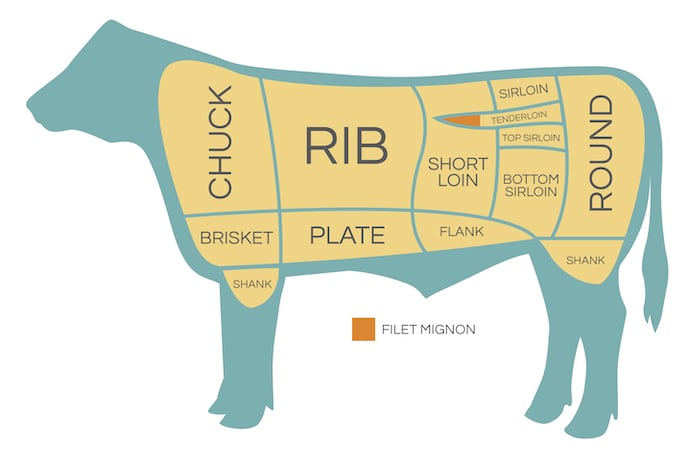
Beef Tenderloin is a highly sought-after cut of beef due to its tenderness and flavor. It comes from the psoas major muscle in the loin area of the cow, which is not heavily worked, resulting in a more tender meat. The Tenderloin is known for its fine texture and buttery smoothness. It is often considered the most tender cut of beef and is commonly used to make filet mignon. Its mild flavor allows it to be paired with a variety of seasonings and sauces, making it a versatile choice for cooking.
Beef Tenderloin Characteristics And Tenderness
Beef Tenderloin is renowned for its exceptional tenderness and fine texture. The tenderness of the meat can be attributed to the fact that the tenderloin comes from a less worked muscle in the loin area of the cow. This results in a buttery smoothness and melt-in-your-mouth experience. The lean muscle has minimal connective tissue, giving it its delicate texture. Its mild flavor allows it to serve as a canvas for various seasonings and sauces. Whether grilled, roasted, or pan-seared, Beef Tenderloin promises a luxurious dining experience.
Beef Tenderloin Cooking Methods And Recipes
Beef Tenderloin can be cooked in various ways to bring out its tender and flavorful qualities. Popular cooking methods for Beef Tenderloin include grilling, roasting, and pan-searing. Grilling helps to develop a smoky flavor and charred crust on the steak, while roasting in the oven results in a juicy and evenly cooked tenderloin. Pan-searing allows for a quick and flavorful cooking process. When it comes to recipes, Beef Tenderloin can be served as a classic steak, or it can be used in dishes like Beef Wellington or wrapped in bacon for added richness and flavor.
Ribeye Overview
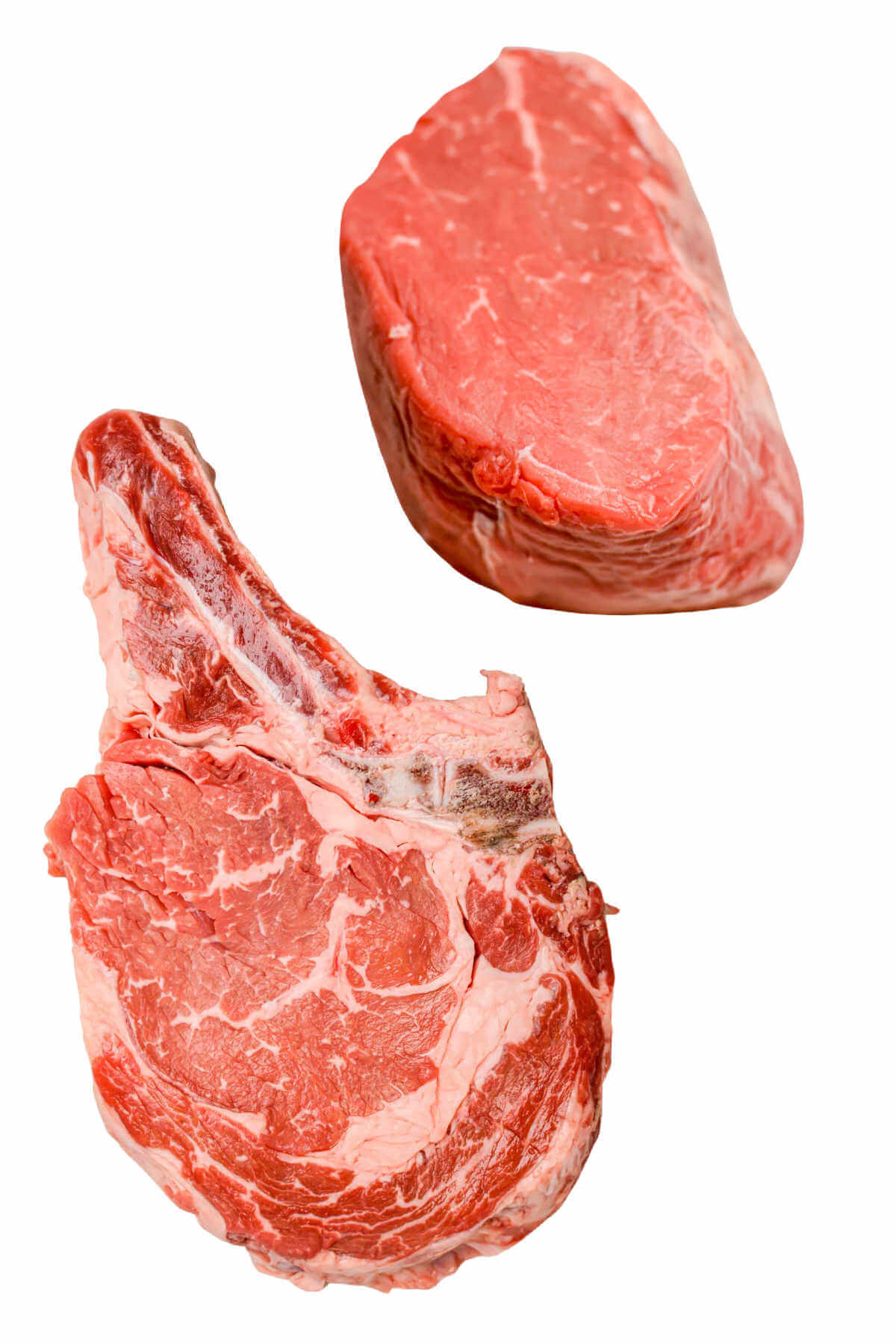
The Ribeye is a well-known and highly coveted cut of beef that is loved for its rich flavor and juicy tenderness. It comes from the rib section of the cow, specifically the area between the sixth and twelfth rib bones. The marbling of fat throughout the Ribeye gives it its signature flavor and helps to keep the meat moist during cooking. This cut is often preferred by steak enthusiasts who enjoy a robust and intense beefy taste. It can be grilled, pan-seared, or broiled to perfection, making it a versatile and delicious choice for any meat lover.
Ribeye Marbling And Flavor Profile
Ribeye is renowned for its exceptional marbling, which refers to the thin streaks of intramuscular fat found throughout the meat. This marbling plays a critical role in enhancing the flavor and juiciness of the Ribeye steak. The fat melts during the cooking process, infusing the meat with a rich, buttery flavor and ensuring a tender and moist texture. The marbling also contributes to a more robust and intense beefy taste that is highly desired by steak enthusiasts. Ribeye’s flavor profile is bold and indulgent, making it a top choice for those seeking a luxurious and flavorful steak experience.
Ribeye Cooking Techniques And Recipes
When it comes to cooking Ribeye, there are a variety of techniques that can be employed to achieve delicious results. One popular method is pan-searing, where the steak is cooked in a hot skillet with a bit of oil or butter. This creates a beautiful crust while sealing in the juices. Another option is grilling, which imparts a smoky flavor to the Ribeye. For those who prefer a more tender and evenly cooked steak, sous vide is a fantastic technique. By vacuum-sealing the Ribeye and cooking it in a water bath at a precise temperature, you can achieve perfect doneness every time. As for recipes, classic options like a simple salt and pepper seasoning, a garlic herb butter topping, or a tangy chimichurri sauce are all wonderful accompaniments to enhance the flavors of Ribeye.
Beef Tenderloin Nutrition
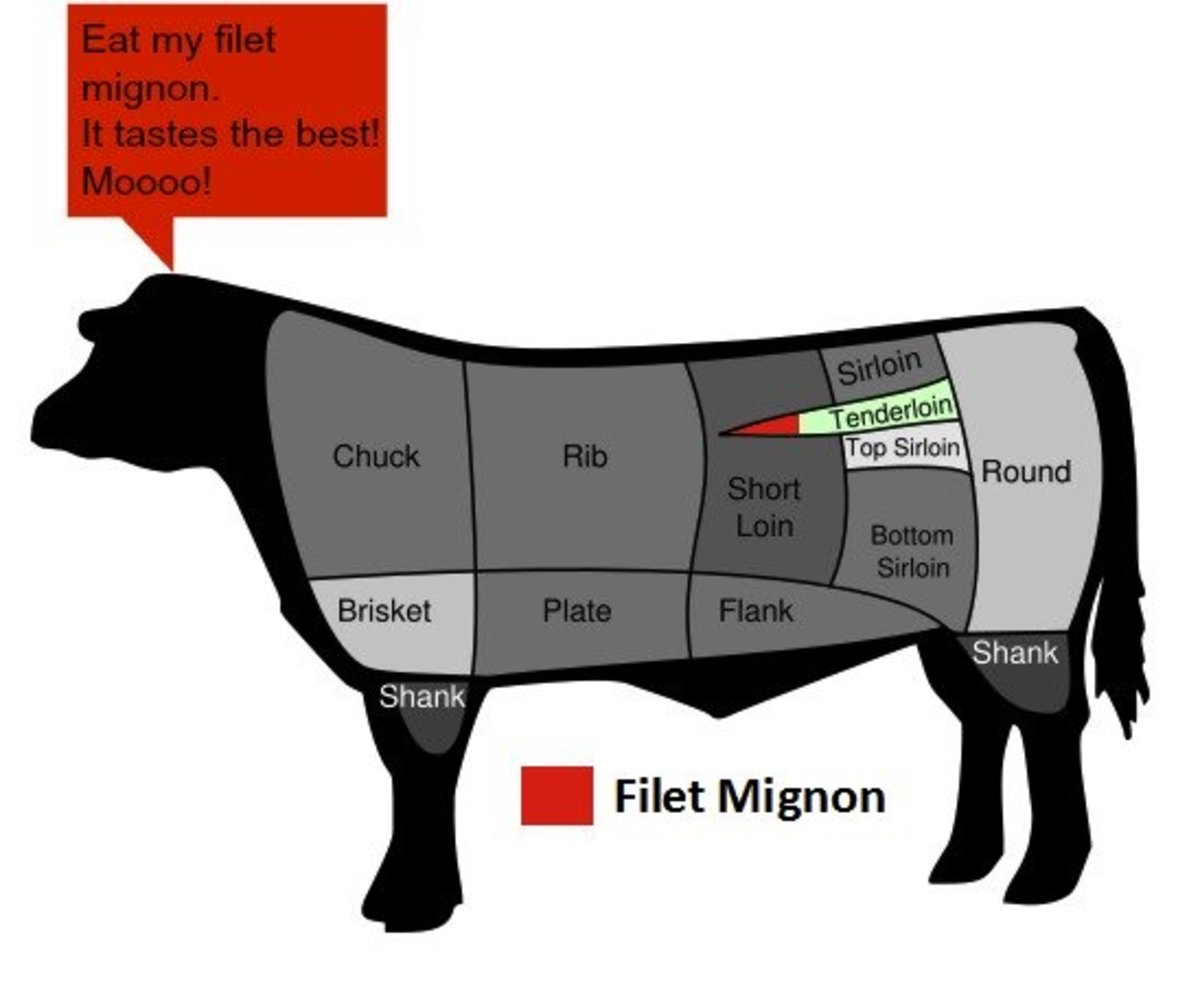
Beef Tenderloin is not only known for its tenderness, but it also has a favorable nutritional profile. It is a lean cut of meat, with a relatively low fat content. A 3-ounce serving of Beef Tenderloin provides around 180 calories and contains about 26 grams of protein. It is also a good source of essential nutrients such as iron, zinc, vitamin B12, and selenium. Additionally, Beef Tenderloin is a cholesterol-free food, making it a healthier choice for those concerned about their cholesterol levels. Incorporating Beef Tenderloin into a balanced diet can contribute to a well-rounded nutritional intake.
Beef Tenderloin Lean Qualities And Health Benefits
Beef Tenderloin is renowned for its lean qualities and numerous health benefits. This cut of meat is known for its low fat content, making it a healthier choice for those watching their calorie intake. It is also rich in protein, providing essential amino acids necessary for building and repairing tissues. In addition, Beef Tenderloin is a good source of vitamins and minerals such as iron, zinc, vitamin B12, and selenium. Incorporating this lean and nutrient-dense meat into one’s diet can contribute to overall health and well-being.
Beef Tenderloin Comparison To Ribeye In Terms Of Nutrition
When comparing Beef Tenderloin and Ribeye in terms of nutrition, there are some key differences to consider. Beef Tenderloin is known for its lean qualities, with low fat content and high protein content. It is also a good source of vitamins and minerals such as iron, zinc, vitamin B12, and selenium. On the other hand, Ribeye has a higher fat content, which contributes to its rich and flavorful taste. While Ribeye may have a higher calorie count, it is also a good source of essential nutrients. Ultimately, the choice between Beef Tenderloin and Ribeye depends on individual dietary preferences and health goals.
Ribeye Nutrition
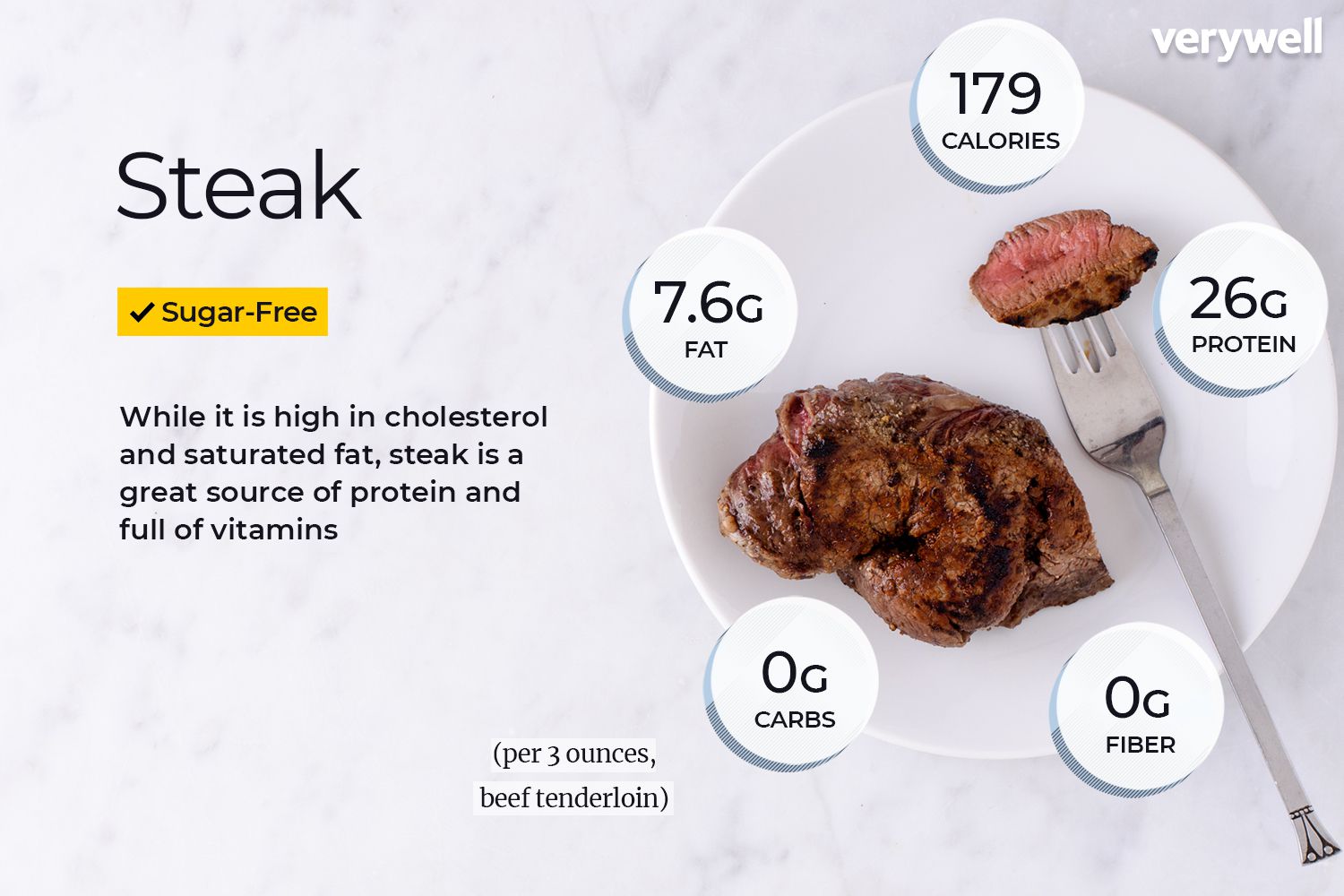
Ribeye is known for its rich flavor and tenderness, but it is also important to understand its nutritional profile. While Ribeye contains more fat compared to Beef Tenderloin, it is still a valuable source of essential nutrients. A 3-ounce serving of Ribeye provides about 168 calories, 23 grams of protein, and 6 grams of saturated fat. It also contains important vitamins and minerals such as vitamin B12, zinc, and iron. However, due to its higher fat content, it is important to consume Ribeye in moderation as part of a balanced diet.
Ribeye Fat Content And Nutritional Value
A Ribeye steak is known for its marbling, which refers to the visible fat within the meat. This marbling gives the Ribeye its rich flavor and tenderness. However, it also means that Ribeye has a higher fat content compared to other cuts of beef, such as Beef Tenderloin. The fat content in Ribeye contributes to its overall nutritional value. While it provides important nutrients like protein, vitamins, and minerals, it is essential to consume Ribeye in moderation due to its higher fat content.
Ribeye Comparison To Beef Tenderloin In Terms Of Calories And Nutrients
When comparing Ribeye to Beef Tenderloin in terms of calories and nutrients, there are notable differences. Ribeye generally has a higher calorie count due to its higher fat content. On the other hand, Beef Tenderloin is leaner and tends to be lower in calories. In terms of nutrients, both cuts provide essential vitamins and minerals, but Ribeye stands out for its higher content of fat-soluble vitamins like vitamin B12. It’s important to consider your dietary goals and preferences when choosing between these two cuts of beef.
Beef Tenderloin Vs Ribeye Flavor
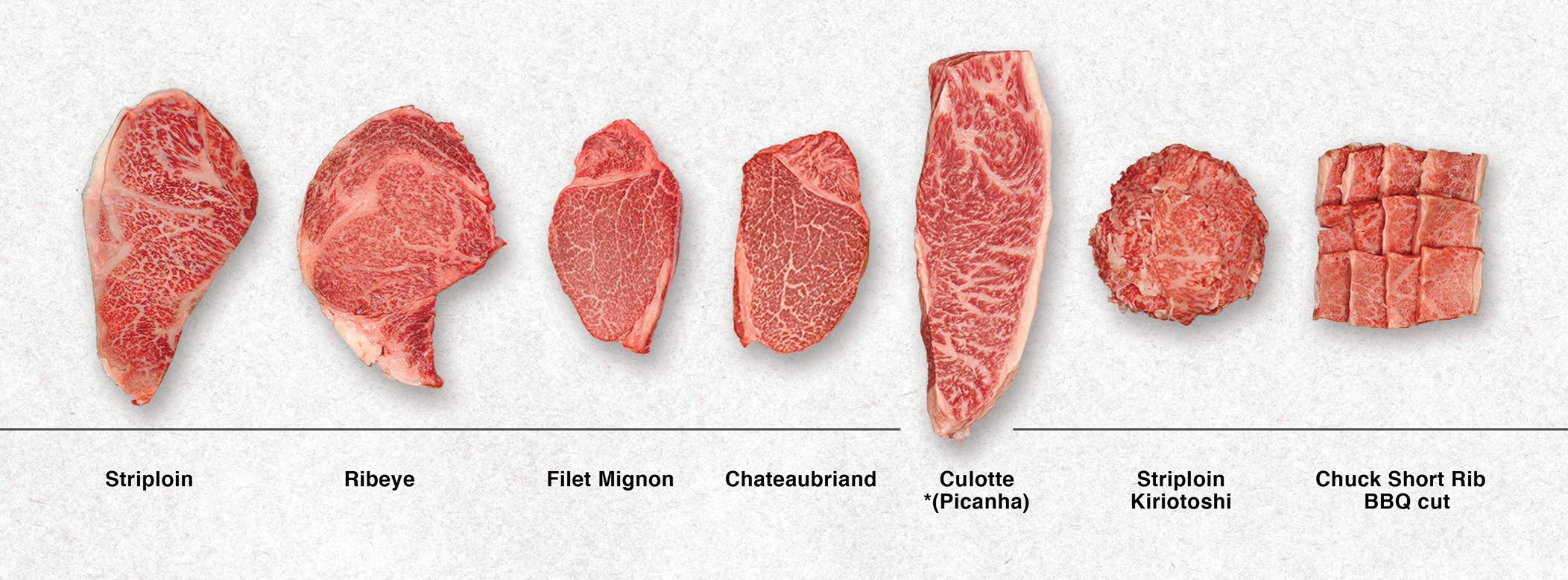
Beef Tenderloin is known for its subtle and delicate taste. It has a mild flavor that allows the natural meaty essence to shine through. Tenderloin has a tender and buttery texture that melts in your mouth. On the other hand, Ribeye offers a bolder and more pronounced flavor. Its marbling and fat content contribute to its rich, juicy, and robust taste. The Ribeye’s combination of fat and meat creates a savory and flavorful experience with every bite. Whether you prefer the subtle elegance of Beef Tenderloin or the boldness of Ribeye, both cuts offer a delectable dining experience.
Beef Tenderloin Subtle Taste And Texture
Beef Tenderloin is known for its subtle and delicate taste. It has a mild flavor that allows the natural meaty essence to shine through. Tenderloin has a tender and buttery texture that melts in your mouth. The lack of fat marbling in this cut results in a lean and tender meat, making it a popular choice for those who prefer a lighter and more refined taste. Whether grilled, roasted, or pan-seared, Beef Tenderloin offers a luxurious dining experience with its tender texture and delicate flavor.
Ribeye Bold Flavor And Juiciness
Ribeye is renowned for its bold flavor and exceptional juiciness. The high fat marbling throughout the meat provides a luxurious and succulent taste experience. The marbling melts during cooking, infusing the steak with rich and savory flavors that tantalize the palate. The combination of fat and lean meat in Ribeye results in a steak that is incredibly moist and tender. The juiciness of Ribeye is unparalleled, making it a preferred choice for those who enjoy a robust and flavorful steak that bursts with deliciousness.
Conclusion
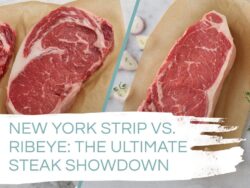
In conclusion, when it comes to choosing between Beef Tenderloin and Ribeye, both cuts have their own unique qualities and flavors. Beef Tenderloin is known for its tenderness and subtle taste, making it a popular choice for those who prefer a milder flavor. On the other hand, Ribeye offers a bold and flavorful experience with its high fat marbling and juiciness. Ultimately, the decision between the two depends on personal preference and desired taste profile. Whether you opt for the tender and delicate Beef Tenderloin or the rich and robust Ribeye, both cuts are sure to satisfy any steak lover’s palate.
Final Thoughts On Choosing Between Beef Tenderloin And Ribeye
When it comes to choosing between Beef Tenderloin and Ribeye, it ultimately boils down to personal preference. If tenderness is your top priority and you prefer a milder flavor, then Beef Tenderloin is the way to go. However, if you enjoy a bold and flavorful experience with the added richness of marbled fat, then Ribeye is the perfect choice. Both cuts offer unique qualities and are sure to satisfy any steak lover’s palate. Whether you opt for the tender and delicate Beef Tenderloin or the robust and flavorful Ribeye, you can’t go wrong with either choice.
Recommendations Based On Personal Preferences And Cooking Styles
When it comes to choosing between Beef Tenderloin and Ribeye, personal preferences and cooking styles play a crucial role. For those who prefer a leaner and milder taste, Beef Tenderloin is the perfect choice. It is ideal for those who enjoy grilling or pan-searing and want a tender and delicate steak. On the other hand, Ribeye is a great choice for those who love bold flavors and enjoy the richness of marbled fat. It is perfect for grilling or broiling, allowing the fat to render and enhance the flavor. Overall, it is important to consider your personal preferences and cooking techniques when making your selection.
FAQ About Beef Tenderloin Vs Ribeye: Beef Cut Choices
Q: What is the main difference between beef tenderloin and ribeye?
A: The main difference lies in the cut and texture of the meat. Beef tenderloin is leaner and more tender, while ribeye has more marbling, making it juicier and more flavorful.
Q: Which cut is better for grilling?
A: Both beef tenderloin and ribeye are great for grilling, but ribeye is often preferred by grill enthusiasts due to its marbling, which melts during cooking, adding flavor and moisture to the meat.
Q: Which cut is more expensive?
A: Beef tenderloin is usually more expensive than ribeye, primarily because it is a tender cut located in a lesser-used muscle area of the animal, making it in high demand.
Q: How should beef tenderloin and ribeye be cooked?
A: Beef tenderloin is best cooked quickly at high heat, while ribeye can be cooked using various methods, including grilling, pan-searing, or broiling, to fully enhance its rich flavor and tenderness.
Q: Can beef tenderloin and ribeye be used interchangeably in recipes?
A: While both cuts are delicious, they have distinct textures and flavors, so they may not always be direct substitutes in recipes. It’s best to choose the cut that aligns with the desired outcome of the dish.
Q: Are there any specific dishes that each cut is recommended for?
A: Beef tenderloin is popular for dishes where a tender texture is crucial, such as filet mignon or Beef Wellington. Ribeye is commonly used for steaks, grilling, and dishes that benefit from its juicy and flavorful profile.
Q: How should one choose between beef tenderloin and ribeye when shopping for beef cuts?
A: Consider the desired tenderness and flavor profile of the dish you intend to prepare. If you prefer lean and tender meat, go for beef tenderloin; if you enjoy rich, juicy cuts with ample marbling, ribeye is the way to go.

Lenoir’s Bistro & Bakery, a charming and chic cafe, has been delighting patrons with an array of delectable delights since its inception. From mouthwatering breakfast bites to succulent burgers and sandwiches and a tempting selection of pasta, sides, and desserts, Lenoir’s Bistro & Bakery is the go-to destination for food enthusiasts seeking a delightful dining experience. Founded by a passionate culinary team with a vision to create a welcoming and stylish eatery, Lenoir’s Bistro & Bakery has seamlessly blended the art of baking with the craft of preparing savory dishes. The result is a menu that caters to diverse tastes and preferences, offering something to satisfy every craving.